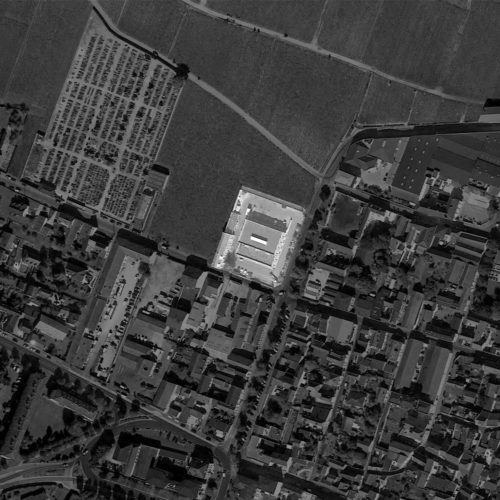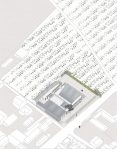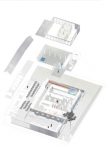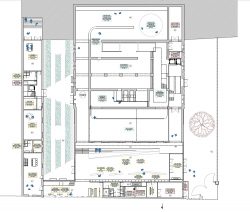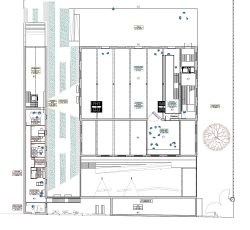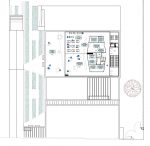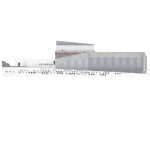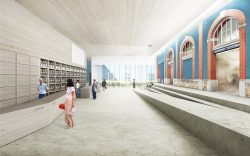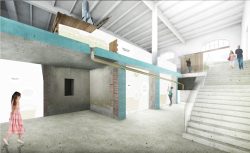| ID: | 423 |
| Name: | Musée - Le Pressoir |
| Adress: | FR - Aÿ-Champagne |
| Date: | 2018 |
| Client: | Communauté de Communes de la Grande Vallée de la Marne |
| Author(s): | Atelier d'Architecture Pierre Hebbelinck |
| Partners: | Gissinger et Tellier architectes / Aurore Dudevant / Spriet-Prevert / Emilie Lecouturier / François Brument / HEHE Association / Zeppelin / EVP Ingenierie / Solares Bauen / L&N Ingenierie / Studio DAP / Patrick Demouv / François Blary-Harvard |
| Surface area: | 4177 m² |
| Statut: | Competition |
The community of Aÿ wishes to have a specific place to tell the story of the know-how of champagne production and the added value of this wine. The choice is to translate the trades, the proximity but also the anthropological and prospective space of champagne through a particularly sensitive narrative. The press is a witness to the production methods and architectural aesthetics that concern the whole of champagne. Its architecture reveals itself to be of a simplicity of writing that inscribes the square of the press into the square of its perimeter.
As the Pressoir volume is fragile in its environment, we create a simple volume, but one that escapes the writing of the Pressoir to install the restaurant and the tasting area at the top of the stairs and accesses. This space is designed to welcome the public in a strategy of "wonder" with regard to the hill of vines and also to discover the signs of the landscape. The elevated position of these functions will allow a real immersion in the heart of the vine rows as well as a panoramic view of the landscape. The plan is designed so that the entire perimeter of the dining rooms is glazed towards the outside. The terrace combines a favourable orientation with the discovery of the landscape. The volume of the restaurant redefines the crowning glory and the specific attractiveness of the site in a festive and sensitive manner. The presence of this machine building is magnified by a generous influx of natural light along its elaborate façade, which acts both as a gateway to the various circuits to be experienced and as a backdrop to all the reception activities.
While interspersing the tour with keys to intellectual, scientific, cultural and historical knowledge through objects or graphic and textual documents, the museography also proposes a visit experience that speaks to the five senses in order to apprehend champagne in all its rich and complex facets. Through sensory or immersion spaces, all the senses are called upon during the taste experience, which is not limited to tasting in the mouth. The sense of smell, touch, sight, hearing and the whole body are stimulated for a unique and unusual visit that goes beyond the traditional museum experience. The public then walks through a museography with multiple propositions that speaks to the mind but also to the body and the senses.
